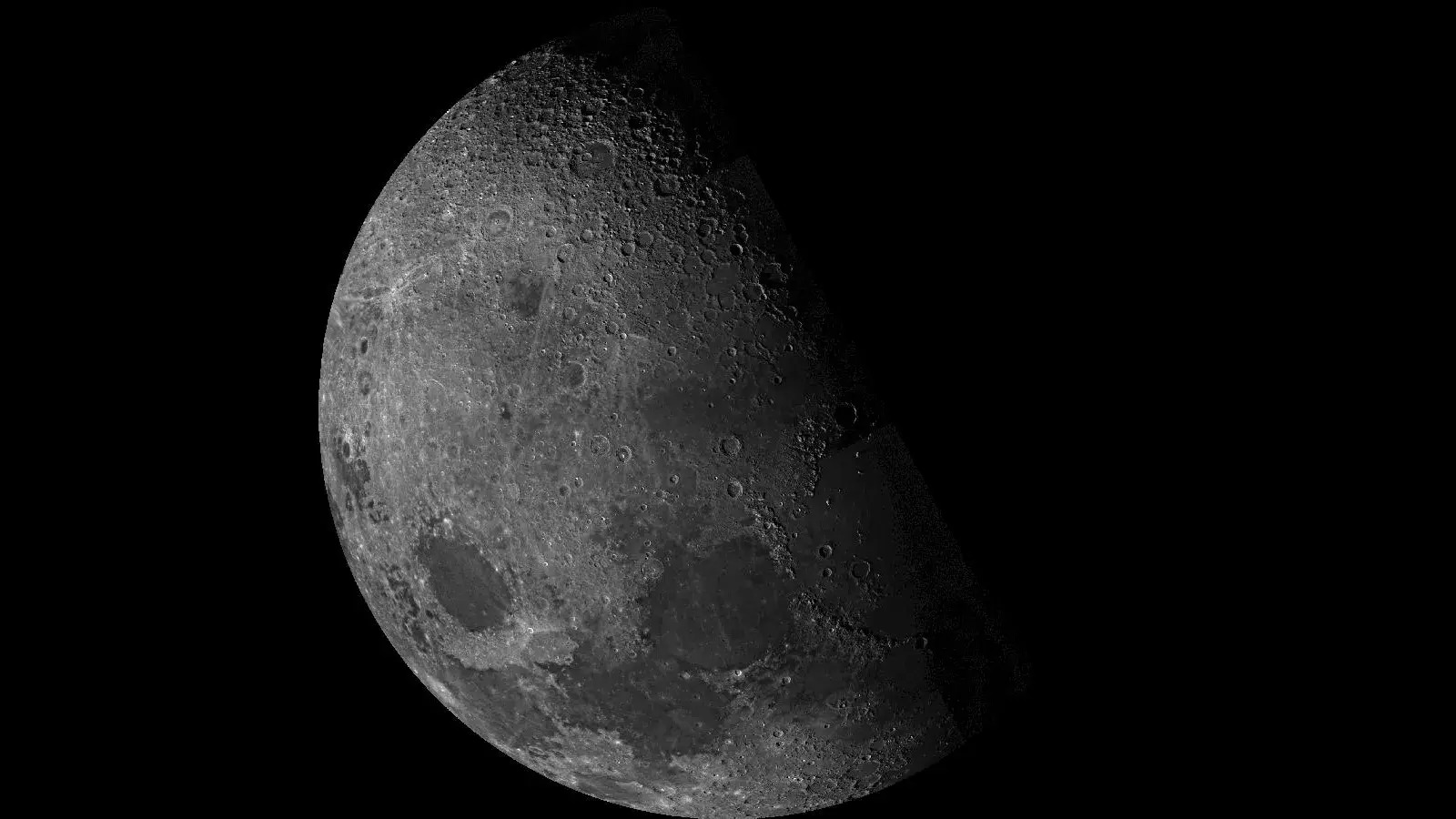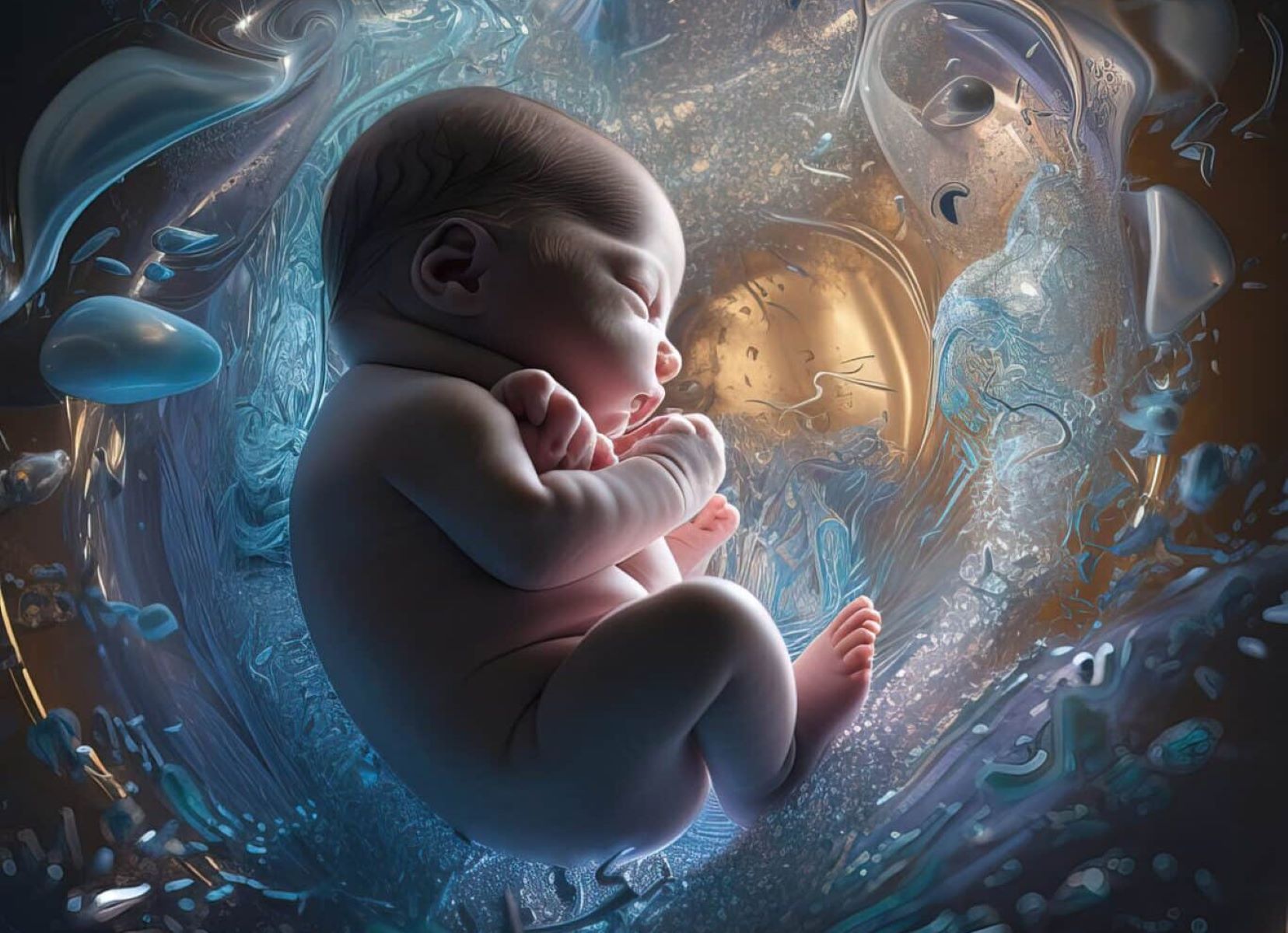
Why is the Moon rusting? This question has puzzled scientists and space enthusiasts alike. The Moon, known for its dry, airless environment, seems an unlikely place for rust to form. Rust, or iron oxide, typically requires both oxygen and water. How can rust exist on the Moon where these elements are scarce? Recent discoveries suggest that Earth's atmosphere might be playing a surprising role. Solar wind and micrometeorites also contribute to this unexpected phenomenon. Understanding the Moon's rust could reveal more about the intricate relationship between Earth and its only natural satellite. Ready to dive into the mystery of the Moon's rust? Let's explore!
Key Takeaways:
- The Moon is rusting, which is surprising because it lacks water and oxygen. Scientists are exploring various theories and implications, sparking curiosity and inspiring future research.
- The discovery of rust on the Moon has implications for lunar history, resource utilization, space weathering, planetary protection, and astrobiology. Future research will focus on sample return missions and advanced instruments to study this phenomenon further.
What is Rusting Moon?
The Moon, Earth's only natural satellite, has always fascinated scientists and stargazers alike. Recently, researchers discovered something unexpected: the Moon is rusting. This phenomenon has sparked curiosity and led to many questions. Let's dive into some intriguing facts about the rusting Moon.
-
Rust on the Moon: Rust, or iron oxide, typically forms when iron reacts with oxygen and water. The Moon lacks both a significant atmosphere and liquid water, making this discovery puzzling.
-
Hematite Presence: Scientists found hematite, a type of rust, on the Moon's surface. Hematite is usually formed in the presence of oxygen and water.
-
Lunar Soil Composition: The Moon's soil, or regolith, contains iron-rich minerals. These minerals are essential for rust formation.
-
Solar Wind Influence: The Sun emits a stream of charged particles known as the solar wind. This wind bombards the Moon, potentially contributing to the rusting process.
-
Earth's Oxygen: Earth's atmosphere extends far enough to reach the Moon. Trace amounts of oxygen from Earth may be causing the rusting.
How Scientists Discovered Rust on the Moon
The discovery of rust on the Moon was a significant scientific breakthrough. Here are some facts about how researchers made this finding.
-
Chandrayaan-1 Mission: India's Chandrayaan-1 mission, launched in 2008, played a crucial role in discovering lunar rust. The spacecraft carried instruments that detected hematite.
-
Moon Mineralogy Mapper: An instrument aboard Chandrayaan-1, the Moon Mineralogy Mapper (M3), identified the presence of hematite on the Moon's surface.
-
Data Analysis: Scientists analyzed data from M3 and found spectral signatures indicating the presence of hematite.
-
Surprising Results: The discovery of rust was unexpected because the Moon's environment is not conducive to rust formation.
-
Collaborative Effort: Researchers from NASA, the Jet Propulsion Laboratory, and other institutions worked together to analyze the data and understand the findings.
Theories Behind Moon Rusting
Several theories have been proposed to explain how rust is forming on the Moon. Let's explore some of these ideas.
-
Water Ice: Water ice exists in permanently shadowed craters at the Moon's poles. Micrometeorite impacts could release this water, contributing to rust formation.
-
Hydrogen from Solar Wind: Hydrogen from the solar wind reacts with oxygen in the lunar soil, potentially forming water molecules that facilitate rusting.
-
Magnetic Shielding: Earth's magnetic field extends to the Moon during certain periods, protecting it from the solar wind and allowing rust to form.
-
Impact Events: Meteorite impacts could create localized conditions where rust can form by exposing iron-rich minerals to water and oxygen.
-
Volcanic Activity: Ancient volcanic activity on the Moon might have released water vapor, contributing to rust formation over time.
Implications of Rust on the Moon
The presence of rust on the Moon has several implications for our understanding of lunar geology and future space exploration.
-
Lunar History: Rust on the Moon provides clues about its geological history and the presence of water in the past.
-
Resource Utilization: Understanding rust formation could help future missions utilize lunar resources, such as extracting oxygen from the soil.
-
Space Weathering: The discovery sheds light on space weathering processes and how they affect celestial bodies without atmospheres.
-
Planetary Protection: Studying lunar rust can inform planetary protection protocols for future missions to prevent contamination.
-
Astrobiology: The presence of rust suggests that water and oxygen, essential for life, might be more widespread in the solar system than previously thought.
Future Research on Rusting Moon
Ongoing and future research will continue to explore the phenomenon of rust on the Moon. Here are some areas of focus.
-
Sample Return Missions: Future missions may bring back samples of lunar soil to study rust formation in detail.
-
Advanced Instruments: New instruments with higher sensitivity and resolution will help detect and analyze rust on the Moon.
-
International Collaboration: Collaborative efforts between space agencies worldwide will enhance our understanding of lunar rust.
-
Laboratory Simulations: Scientists will conduct laboratory simulations to recreate lunar conditions and study rust formation.
-
Long-term Monitoring: Continuous monitoring of the Moon's surface will help track changes in rust distribution over time.
Interesting Facts About Rusting Moon
Here are some additional fascinating facts about the rusting Moon that you might find intriguing.
-
Color Changes: Rust gives the Moon a reddish tint in certain areas, similar to the color of Mars.
-
Polar Regions: Rust is more prevalent near the Moon's poles, where water ice is more likely to exist.
-
Ancient Rust: Some rust on the Moon could be billions of years old, dating back to ancient volcanic activity.
-
Lunar Missions: Future lunar missions, such as NASA's Artemis program, will study rust formation as part of their scientific objectives.
-
Public Interest: The discovery of rust on the Moon has captured public interest and inspired new discussions about lunar exploration.
Challenges in Studying Rust on the Moon
Studying rust on the Moon presents several challenges that researchers must overcome.
-
Harsh Environment: The Moon's harsh environment, with extreme temperatures and radiation, makes it difficult to study rust formation.
-
Limited Data: Current data on lunar rust is limited, requiring more missions and advanced instruments to gather comprehensive information.
-
Sample Contamination: Ensuring that samples returned from the Moon are not contaminated by Earth-based materials is crucial for accurate analysis.
-
Technological Limitations: Developing technology capable of detecting and analyzing rust on the Moon's surface is a significant challenge.
-
Funding and Resources: Securing funding and resources for lunar research is essential for advancing our understanding of rust on the Moon.
Final Thoughts on Rusting Moon Mysteries
Rusting on the Moon is a fascinating phenomenon. It challenges what we know about space and our natural satellite. The presence of hematite on the Moon's surface suggests that water and oxygen might be more prevalent than previously thought. This discovery opens up new questions about the Moon's history and its relationship with Earth.
Scientists believe that Earth's magnetic field could be playing a role in this rusting process. The Moon's lack of an atmosphere makes this even more intriguing. Future missions to the Moon will likely focus on uncovering more about this rusting process. Understanding it could provide insights into the Moon's past and its potential for future exploration.
Stay curious and keep looking up. The Moon still has many secrets waiting to be uncovered.
Frequently Asked Questions
Was this page helpful?
Our commitment to delivering trustworthy and engaging content is at the heart of what we do. Each fact on our site is contributed by real users like you, bringing a wealth of diverse insights and information. To ensure the highest standards of accuracy and reliability, our dedicated editors meticulously review each submission. This process guarantees that the facts we share are not only fascinating but also credible. Trust in our commitment to quality and authenticity as you explore and learn with us.


